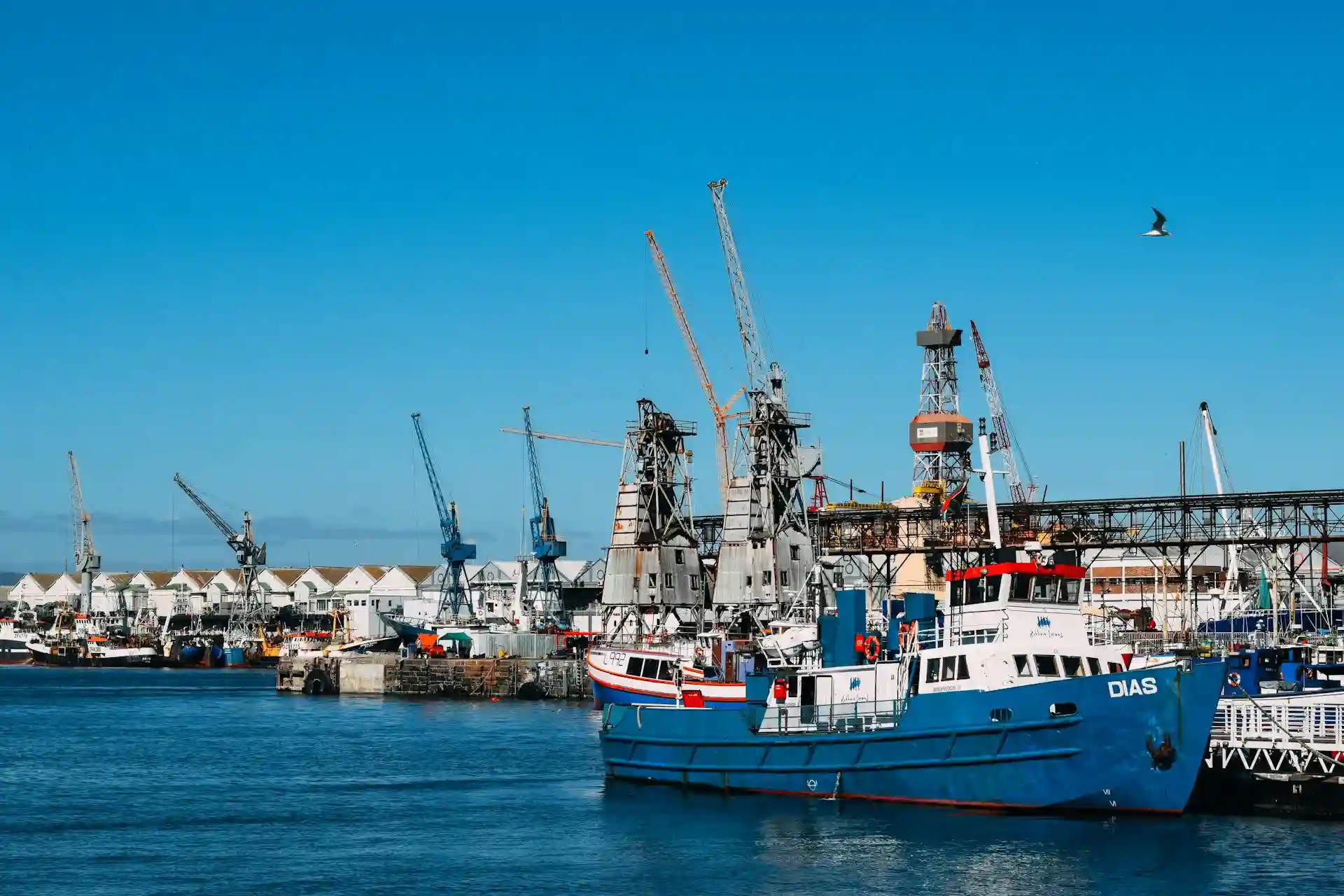Sea freight is one of the most economical and widely used means of transporting goods around the world. Particularly for companies importing or exporting bulky products or in large quantities, such as between China and France, sea freight pricing is a key factor in the supply chain. This article will help you understand the different aspects of sea freight, the factors that influence price, and how to optimize your costs.
What is ocean freight?
Sea freight refers to the transport of goods by sea, mainly via containers loaded onto ships. It accounts for around 90% of world trade. Sea freight companies offer services for the transport of 20-foot or 40-foot containers between various ports worldwide. The price of sea freight varies according to a number of factors, which can make cost management complex for companies.
Factors influencing ocean freight rates
Container size and type: the two main container sizes used are 20 and 40-foot containers. The choice of container depends on the volume of goods to be transported. A larger container is obviously more expensive, but the price per unit of volume is generally lower.
Destination and shipping route: freight costs vary according to the port of departure and arrival. For example, a shipment from China to France or another European country will not cost the same as a shipment to the USA. The Suez Canal, crossing the Atlantic or routes to Northern Europe also have an impact on rates.
Fluctuating freight rates: Freight rates are constantly changing according to supply and demand. A rise in rates can occur in periods of high demand, or due to economic or health crises, as observed in 2020 and 2021.
Fuel costs: Fuel accounts for a significant share of shipping costs. An increase in oil prices has a direct impact on freight rates.
Port taxes and duties: ports impose taxes and berthing fees, which are passed on in the price of sea freight. Additional charges may also apply, depending on the logistics services required on arrival.
How to optimize shipping costs?
You can reduce your shipping costs by following these tips:
Compare quotes: requesting several shipping quotes from different shipping companies allows you to choose the most competitive option.
Choose the right type of transport: depending on the nature of your products, it may make more sense to opt for air or rail transport. However, sea freight is generally the least expensive, especially for bulky goods.
Plan ahead: Sea freight requires advance planning. Book your containers early to avoid last-minute surges due to saturation of shipping lanes.
Optimize the size of your shipment: filling a container to its maximum capacity makes the most of the space available, and therefore reduces the unit cost per product.
TTOM: Your expert in maritime transport
TTOM specializes in ocean freight and international logistics, offering tailor-made solutions to meet our customers’ needs. As a key player in the sea freight sector, we stand out for our expertise in moving goods via containers of all sizes, whether between China, French overseas territories and Europe, or to major ports worldwide. If you require a customized service, please contact us to discuss your requirements.

